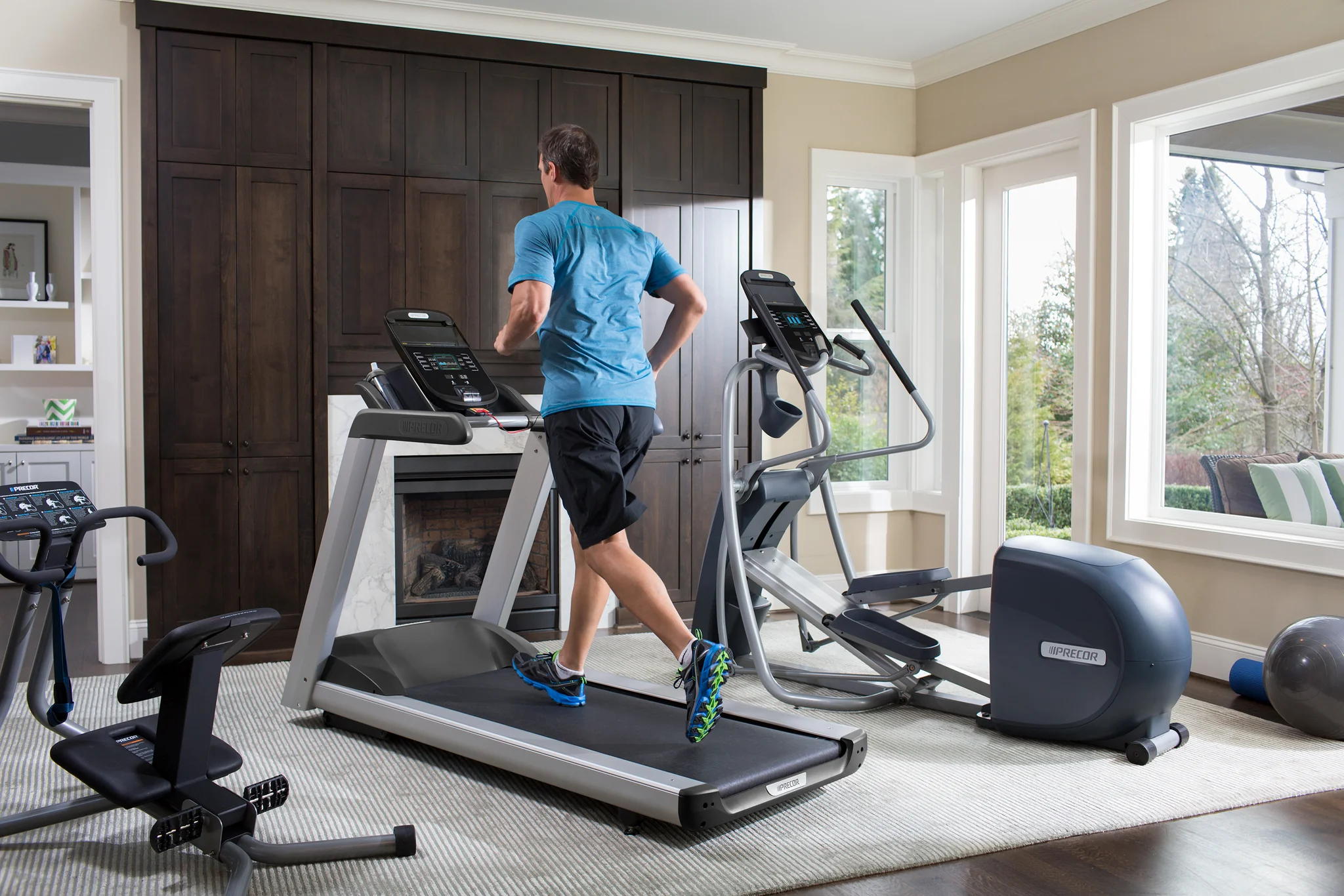Fitness equipment installation is a critical aspect of setting up a gym, whether it’s for personal use at home or for a commercial fitness center. Proper installation ensures safety, functionality, and the longevity of the equipment. In this guide, we’ll explore the key considerations, types of equipment, installation procedures, and maintenance tips to help you create an effective workout space.
Understanding the Importance of Proper Installation
Safety First
The primary reason for proper fitness equipment installation is safety. Incorrectly assembled machines can lead to accidents, injuries, and even damage to the equipment itself. Ensuring that each piece of equipment is securely installed minimizes the risk of falls or malfunctions during workouts.
Enhancing Performance
Well-installed equipment not only improves safety but also enhances performance. Proper alignment and setup allow users to perform exercises correctly, maximizing the effectiveness of each workout. Poor installation can lead to improper form, which can hinder results and increase the risk of injury.
Longevity of Equipment
Investing in high quality fitness equipment is a significant expense. Proper installation helps preserve the integrity of the machines, extending their lifespan. Regular maintenance checks following installation can further ensure that equipment remains in optimal condition.
Types of Fitness Equipment
Cardio Machines
Cardio machines include treadmills, ellipticals, stationary bikes, and rowing machines. Each type has specific installation requirements, such as leveling the machine and ensuring it’s on a stable surface.
Strength Training Equipment
Strength training machines, including weight benches, squat racks, and cable machines, require careful assembly. Many of these pieces have adjustable components that must be installed correctly for safe use.
Free Weights and Accessories
While free weights may seem straightforward, the installation of racks and storage solutions is essential. Properly securing weight racks prevents tipping and injuries. Accessories like resistance bands and stability balls also require designated storage solutions to keep your workout area organized.
Functional Training Equipment
Functional training equipment includes items like kettlebells, medicine balls, and battle ropes. While these don’t require installation in the traditional sense, having a dedicated space for them is crucial to maintain a safe and efficient workout environment.
Installation Procedures
Preparing the Space
Before installation begins, assess the space where the equipment will be placed. Consider the following:
- Flooring: Ensure the flooring can support the weight of the machines. Some equipment may require additional padding or flooring materials to absorb impact and reduce noise.
- Space Requirements: Check the dimensions of the equipment and the layout of the room. Leave enough space around each piece for safe access and movement.
- Ventilation and Lighting: Adequate ventilation and lighting are necessary for a comfortable workout environment. Ensure that the area is well-lit and has proper airflow.
Assembling the Equipment
Step-by-Step Assembly
- Read the Manual: Each piece of equipment comes with an assembly manual. Familiarize yourself with the instructions before starting.
- Organize Parts: Lay out all parts and tools required for assembly. This helps avoid confusion and ensures nothing is missing.
- Follow Instructions: Assemble the equipment step by step, paying close attention to the order of assembly. This is crucial for complex machines.
- Secure Fasteners: Use the appropriate tools to tighten bolts and screws. Loose components can lead to equipment failure.
Testing the Equipment
After assembly, conduct a thorough test of the equipment. Check for stability, ensure all parts move smoothly, and listen for any unusual sounds that may indicate improper installation.
Hiring Professional Installers
While some individuals may feel comfortable installing fitness equipment themselves, hiring professional installers can save time and minimize the risk of errors.
Benefits of Professional Installation
- Expertise: Professionals have the experience and knowledge to handle various types of equipment.
- Time-Saving: Professionals can complete installations more quickly, allowing you to start using your equipment sooner.
- Warranty Protection: Many manufacturers require professional installation to maintain warranty coverage.
Finding the Right Installer
When searching for professional installers, consider the following:
- Check Reviews: Look for installers with positive reviews and testimonials.
- Inquire About Experience: Ensure they have experience with the specific type of equipment you are installing.
- Ask for Quotes: Get multiple quotes to compare pricing and services offered.
Regular Maintenance After Installation
Importance of Maintenance
Once your fitness equipment is installed, regular maintenance is essential to ensure it remains safe and functional. This can prevent costly repairs and extend the lifespan of the machines.
Maintenance Checklist
- Inspect Regularly: Check for any loose parts, unusual noises, or signs of wear. Address issues immediately to prevent further damage.
- Clean Equipment: Regularly wipe down surfaces to remove sweat and dirt. Use appropriate cleaning products that won’t damage the equipment.
- Lubricate Moving Parts: Follow the manufacturer’s guidelines for lubricating moving parts to ensure smooth operation.
- Check Cables and Ropes: For machines with cables and ropes, inspect them for fraying or wear and replace them as needed.
Creating an Effective Workout Space
Layout Considerations
The layout of your fitness space is crucial for efficiency and safety. Consider zoning areas for different types of workouts:
- Cardio Zone: Place cardio machines together for easy access.
- Strength Training Area: Create a designated area for free weights and machines to avoid clutter.
- Functional Space: Reserve an open area for functional training exercises, allowing for flexibility in workouts.
Accessibility
Ensure that your workout space is accessible for all users. This includes providing enough room for individuals to maneuver around the equipment safely. Consider the needs of all potential users, including those with disabilities.
Conclusion
Fitness equipment installation is a vital component of creating a safe and effective workout environment. By understanding the importance of proper installation, following the correct procedures, and maintaining your equipment, you can ensure that your fitness space meets your needs for years to come. Whether you choose to tackle the installation yourself or hire professionals, taking the time to do it right will pay off in the long run. Invest in your health and fitness by ensuring that your equipment is installed correctly and maintained regularly




